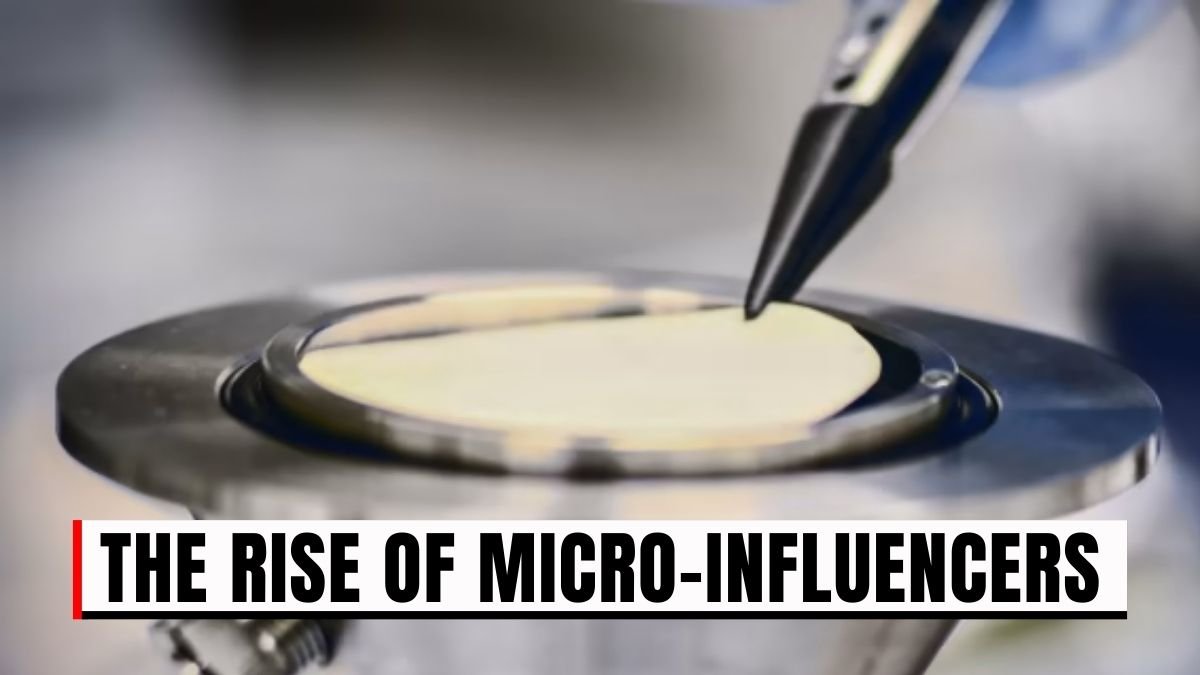Graphene vs Traditional Membranes: Water scarcity and availability of clean drinking water has become a serious problem across the world. Industrial pollution, climate change and increasing population have further deepened this crisis. Today there are crores of people who cannot get safe and clean water. At such a time, scientists are continuously working on new technologies so that future generations do not have to face water shortage. In these researches, a technology has emerged which can change the future. This is the graphene membrane, which is being considered a revolutionary discovery in the process of purifying water and making sea water drinkable.
Graphene is an extremely thin but extremely strong form of carbon. It is only one atom thick, but its properties are so unique that it is called a “miracle material”. Its electrical and thermal conductivity is amazing, and its nanoporous structure makes it ideal for water purification. This is why experts believe that in the coming times, graphene membranes will become the future of clean water technology, leaving behind traditional filters.
Advantages of graphene membranes
The biggest advantage of graphene membranes is their high performance. Water molecules pass through these membranes easily, but salt and pollutants are stopped. Due to this, the flow of water through these membranes is much faster and the salt removal capacity reaches almost one hundred percent. This simply means that even sea water can be made drinkable very easily.
Conventional water purification systems often demand a lot of energy. This is why operating them on a large scale proves to be expensive. Graphene membranes offer a solution to this problem. Their structure is such that a balance is maintained between ion permeation and selectivity, which significantly reduces energy consumption during purification. This makes them energy efficient and sustainable.
A major problem in water purification is that conventional membranes become clogged with dirt and pollutant particles after some time. This is called fouling. But graphene oxide membranes have a highly hydrophilic surface, i.e., having an attraction towards water. Because of this, dirt does not easily accumulate on them and the membrane continues to work for a long time without frequent cleaning.
Another major advantage of graphene membranes is that they are not limited to just filtering water. Advanced functionalities can also be added to them. For example, the thermal and electrical conductivity of graphene makes it ideal for use in solar energy-based water purification systems. Its use in new technologies such as photothermal desalination and capacitive desalination can make water purification more effective.
The versatility of these membranes is also noteworthy. They can be used for many purposes ranging from purification of sea water to removal of heavy metals, treatment of industrial waste and general drinking water purification. This versatility enables them to become a permanent solution to the water crisis.
Challenges of graphene membranes
While the advantages of graphene membranes make them the technology of the future, on the other hand, some challenges also arise. The first challenge among these is the cost of production. Graphene is still considered one of the most expensive materials in the world. Its large-scale production is extremely expensive. Until cheap and sustainable production methods are developed, its use at the commercial level will remain limited.
The second big challenge is expansion at the industrial level. Graphene membranes have proven their potential in laboratories, but their introduction into industries and urban water supply systems is not easy. Both technical and logistical problems arise in the process of scale-up.
More research is still needed. Graphene membranes are yet to be fully adapted to specific applications such as seawater, industrial wastewater or drinking water requirements in rural areas. Areas such as membrane casting and material strength also need further improvement.
Way forward
Development of sustainable production technologies will be essential for large-scale adoption of graphene membranes in the future. If graphene oxide and its membranes are produced in an environmentally-friendly manner, it can provide a sustainable solution to the global water problem.
Although this technology is still in the development stage, it is slowly entering the market. Some companies have already obtained certification for graphene membranes and are also testing them in real conditions. This is an indication that this technology will find its place in both domestic and industrial sectors in the coming years.
In the long term, graphene membranes will play a vital role in solving the water crisis. They will not only purify water but also contribute to energy efficiency and maintaining environmental balance. In the coming decades, this technology will become a reliable source of clean and safe water for human civilization.
Conclusion
Graphene membranes are one of the most revolutionary technologies in today’s scientific discoveries. While conventional membranes will still be in use, graphene membranes are slowly becoming the future of water purification. Their superior filtration capacity, energy efficiency, dirt repellency and versatility make them the most powerful technology of the future.
Although challenges such as cost and large-scale production still exist, as research and development progresses, ways to overcome these obstacles are also emerging. It is certain that in the times to come, graphene membranes will play a decisive role in providing clean, safe and affordable water to the world.
